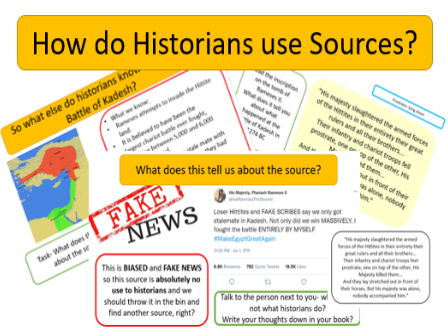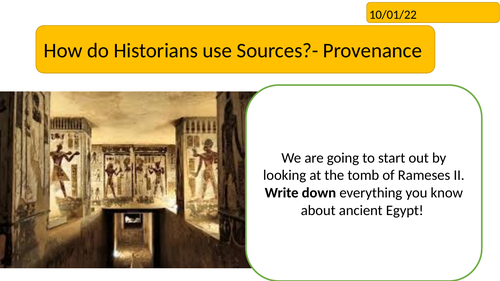

A lesson to help students understand the historical value of a biased source.
This lesson was created as a stand alone intervention to a problem with student source analysis. However, it also works really well as part of a series introducing students to source analysis in KS3.
Students will look at an example of a very biased (and funny) source about the outcome of a battle and then complete several activities to see how a historian might be able to infer a lot of useful information from a biased source.
This lesson was created to help deal with the issue of students dismissing the historical value of sources due to bias.
I found many students writing analysis like:
“this source is not useful to a historian because it is biased so can’t be trusted.”
The aim of this lesson was to encourage a deeper level of analysis about what can be inferred from a biased source when understood in the context of its provenance rather than dismissing the source off hand. It is also designed to show students how a historian might approach a biased source and how much historical insight is possible based on such a source.
The lesson is themed around Ancient Egyptian history but does not actually require any prior knowledge nor is the subject matter particularly relevant to the overall learning as the intention is to improve students conceptual understanding.
All resources are provided in a dyslexia friendly font and with clear and uncluttered slides. Discussion notes are included in the notes section on the power point for further understanding.
Something went wrong, please try again later.
This resource hasn't been reviewed yet
To ensure quality for our reviews, only customers who have purchased this resource can review it
Report this resourceto let us know if it violates our terms and conditions.
Our customer service team will review your report and will be in touch.